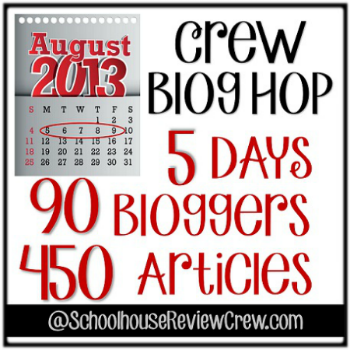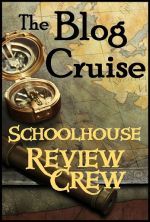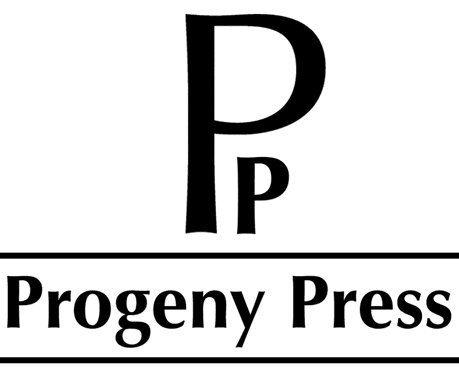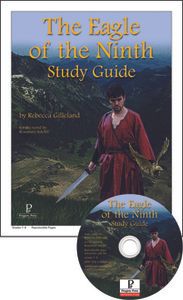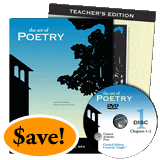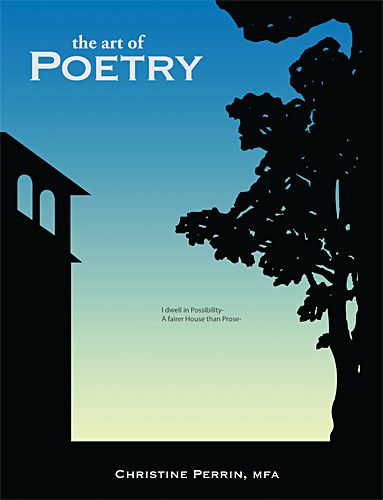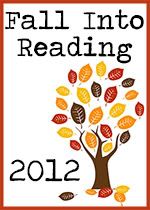A DVD seminar that teaches parent how to teach literary analysis.

Teaching the Classics
The Essentials - What you need to know
• Company:
Institute for Excellence in Writing.
• Product:
Teaching the Classics DVD Seminar and Workbook by Adam and Missy Andrews
• Age Range: This product is for
parents of children of any age
• This is a seminar that is on 4 DVDs. Total length of DVDs is approx 5 1/2 hours. It comes with a spiral bound workbook with many helpful diagrams, explanations and worksheets.
• Cost: $89
The Review
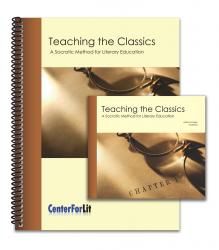
Recently I was at an event where the idea of redeeming our, that is a parent's, education was batted around quite a bit. That is what this video did for me, at least in part. A lot of what was presented on this DVD seminar was not new information for me. The seminar refreshed what I already knew. It went beyond just a simple refresher course explaining in an organized way how to use that information to teach my child literary analysis. Because of watching this DVD I feel that I can teach Zippy with confidence.
The DVDs present a recording of a seminar run by Adam Andrews. He is speaking to an audience of teacher/parents. At the beginning of the seminar he sets forth his credentials. He is a historian married to a woman with a degree in literature. They have children and decided to homeschool. At the behest of a neighbor they began to teach others this particular method of literary analysis. This is a classical approach. This is a toolbox that can be applied to literature of all levels. You can use this method to analyse War and Peace by Leo Tolstoy. You can also use this method to analyse Curious George or Peter Rabbit. In fact Adam encouraged the audience to try the method first on children's stories because they are simpler in their design, yet contain many of the literary devices employed by more complex stories.
The heart of this classical method of literary analysis lies in the Socratic List. Socrates liked to question his students to see what they believed. Therefore the method of teaching by asking questions of the topic at hand became known as the Socratic Method. Adam talked briefly about the difference between this method and the workbook method. In the Socratic Method each step and each question allows the student to read closer and look more deeply. In the workbook method students read a story, then fills out a worksheet, a page in the workbook, set up to see if the the child comprehends what he is reading.
Before he tackled the Socratic list Adam talked at great length about the style and structure of stories. First he talked about the importance of context and authorship. By knowing just a little bit about the life of the author, the time that they lived in and the time that the story was written, the reader gains some insight into the motives behind the authorship. Adam said that as a people we struggle with ideas. Most of us think about them then let them go. Authors are struck with an idea and then they write their way to understanding. Writing is the author's struggle with one idea or another and we the reader come along on their ride. Everything that an author does in a story is on purpose.

Next Adam talked about the structure of story, specifically the five elements of fiction. Those are conflict, plot, setting, characters and theme. He also plotted out the story. I was transported back to 11th grade English class. But again this is not something limited to great literature. These five elements can be applied to the simplest of children's stories. Adam charted it out on his white board including all the elements of structure. The chart is included in the syllabus, both filled in and blank, so that the reader can fill it in for himself. I really, really liked the chart. I am a visual learner and it helped me remember where all the pieces go and how they fit together.
After structure Adam discussed style. I think this is the fun part of literature. Style is all the literary devices that authors uses to spice up their story. They include onomatopoeia, alliteration, imagery, metaphor, symbolism, allusion and a couple others. One of the things that I especially appreciated about the seminar and the workbook is that everything is set up so the simplest concepts, those concepts even a young child could understand, come first in a list, then as the list progresses the concepts or questions become more complex. For example, in the section on literary devices onomatopoeia is the first. Onomatopoeia is when a word says its name like whoosh, bark, or clap. These are things even a young child could have fun picking out of a story. Last on the list is symbolism. This is when an author uses one object to represent something very different. Light is used as a symbol for truth. This is a complex concept, requiring the reader some amount of sophisticated thought.
Lastly Adam talked about the Socratic Method and the Socratic List. Simply put the Socratic method is the practice of asking questions within the discussion of literature. The Socratic List is just a list of questions that the student can employ as they look at the story. The list is included in the appendix of the workbook. It contains 21 questions with 5 or 6 subquestions that flesh out the answer to the question. All in all there are over 100 things that could be asked about any given story. Adam made clear that all the questions may not need to be asked about any given story, but rather it is the job of the parent/teacher to discern which questions would be best.
The rest of the seminar Andrew used the tools of the chart and the list to shine a light on each one of the five elements of fiction. In each section there was a excerpt from a piece of literature that Andrew used to practice this method on. At the end of the whole five hours there was a short practicum where the audience was encouraged to try their hand at literary analysis with a piece of literature on their own, using the tools provided.
I read or listen to fiction almost every day. I now find myself thinking about the theme, the setting, the characters of the books that I indulge in for pleasure. By using these new found tools of literary analysis, even the simple act of reading for pleasure has taken on a greater depth. Of course I took these tools into our homeschool. I invited Zippy to watch the videos with me but after about 30 seconds she said she was out of there. I persevered through all the DVDs and after viewing I sat down and explained the method using the diagram, then we read some short stories, and using the questions we discussed the stories. The questions are really the linchpin to understanding and comprehension. Zippy learns best if she can work through something. She prefers to work through things orally, through discussion. The questions gave us a platform on which to build the discussion. I've struggled this past year with getting her to comprehend and to read closely. This method equipped me to know how to teach literature and it equipped her to have a deeper understanding of how to read and think critically.
I do have one small confession to make. I only sat down and watched about the first fifteen minutes of the first video. When it became obvious that it was basically a lecture I got up and picked up the living room, folded the clothes, did the dishes. I did listen to the entire 5 plus hours. When it was necessary I picked up the book and followed along on the exercises filling in the chart or looking at the questions. In my humble opinion the visuals are not necessary for understanding. The only thing that would make this product perfect is if it came in a CD format that I could listen to. I am completely pleased with IEW's Teaching the Classics.

